there is a crack in everything, that’s how the light gets in:
BAU015 Jan Juc House, Victoria, Australia
Jan Juc, Victoria, Australia
Discipline
ArchitectureTypology
ResidentialCity
Jan Juc, Victoria, AustraliaDate
2000Status
Completed 2000Client
Judy + Michael MeagherProgram
Second story house extensionthere is a crack in everything, that’s how the light gets in
up-side-down suburban house
This project is the addition of a first floor to an existing 1950s brick dwelling, located opposite the Jan Juc cliff tops.
It is an up-side-down version of the typical double storey suburban house. Rather than living rooms on the ground floor and bedrooms upstairs, bedrooms are on the ground floor and living spaces are on the first floor.
dreamer and realist
The design reflects the personalities of the clients. One a dreamer, focused on the big picture, the long view, the other a realist, framing life through the prism of family and domesticity.
both cracks and holes
A single ribbon window cracks opens all facades of the first floor volume facilitating views of the ocean horizon and the seaside town’s rooftops from all living spaces.
A number of larger windows openings or holes are superimposed on the ribbon window, providing framed views of selected scenes.
Blinds are designed in segments to enable the creation of both a singular ribbon window around the house, or a series of square picture windows, or a mix of the two.
Various internal walls are both solid and void having Matta-Clarke-like holes cut into them to enable panoramic views.
from mass to dissolution, and everything in-between
In contrast to the unifying gesture of the cracks and holes, a diverse set differences inform the interior. Differences in tectonics, materiality, colours and textures are used in each of the living spaces (living, dining, kitchen and bathroom) because “(a) … room’s difference from another endows the living process with a particular formality, a surprising gesture amongst the apparent informality of contemporary living.”
Carved Mass: the living room and adjacent bedroom have extraordinarily thick walls, thick enough for the window reveals to be day beds. Subdued earthy colour, soft furnishings and carpet enhance the quality of the mass.
Frame + Infill: The dining space has an exposed timber skeleton suspended from the ceiling, light weight plywood clad walls, earthenware tiled floor and timber furniture.
Folded Planes: The kitchen and adjacent terrace have a planar tectonic, with folded ceiling, full height glazed sliding doors, membrane floors, applied surface materials with saturated bright colours, and diagonal graphic geometry.
Dissolution: The bathroom is a white on white space with a ribbon mirror on all walls aligning with the external ribbon window. This creates a variety of surprising reflected views of the landscape, as well as expansive infinity mirror effects.
Importantly these differences are “ …not accentuated by the separating function of doors and walls (as formulated in the eighteenth century interior), rather partial views give tantalizing glimpses of what is to come.”
both nomadic and settled
“In Sinatra Murphy’s extremely successful landscaping, indigenous grasses are planted at regular intervals in long diagonal lines crossing the front of the block. Between the rows, crushed shells crunch underfoot. The straight line, the footprint of the wall, is etched into the earth.
Elements of an indigenous landscape are corralled by a regular agricultural pattern.”
both and, both and, both and…
This house is both formally simple and spatially complex. It is both a single-minded object and has multiple personalities. It presents as both clearly defined rooms and continuous free flowing space. It both dissolves to the horizon and frames specific scenes of the landscape. It accommodates both a dreamer and a realist.
- Infrastructure
- Public
- Residential
- Healthcare
- Education
- Culture
- Office
- Retail
- Hotel
- Hospitality
- Mixed Use
- Sports
- Planning
- Urban Design
- Public Landscapes
- Private Landscapes
- Playgrounds
- Structures & Pavillions
- Residential
- Healthcare
- Education
- Culture
- Office
- Retail
- Hotel
- Hospitality
- 2023
- 2024
- 2021
- 2020
- 2019
- 2018
- 2017
- 2016
- 2015
- 2014
- 2013
- 2012
- 2011
- 2005-2010
- 2000-2005
- 1990-2000





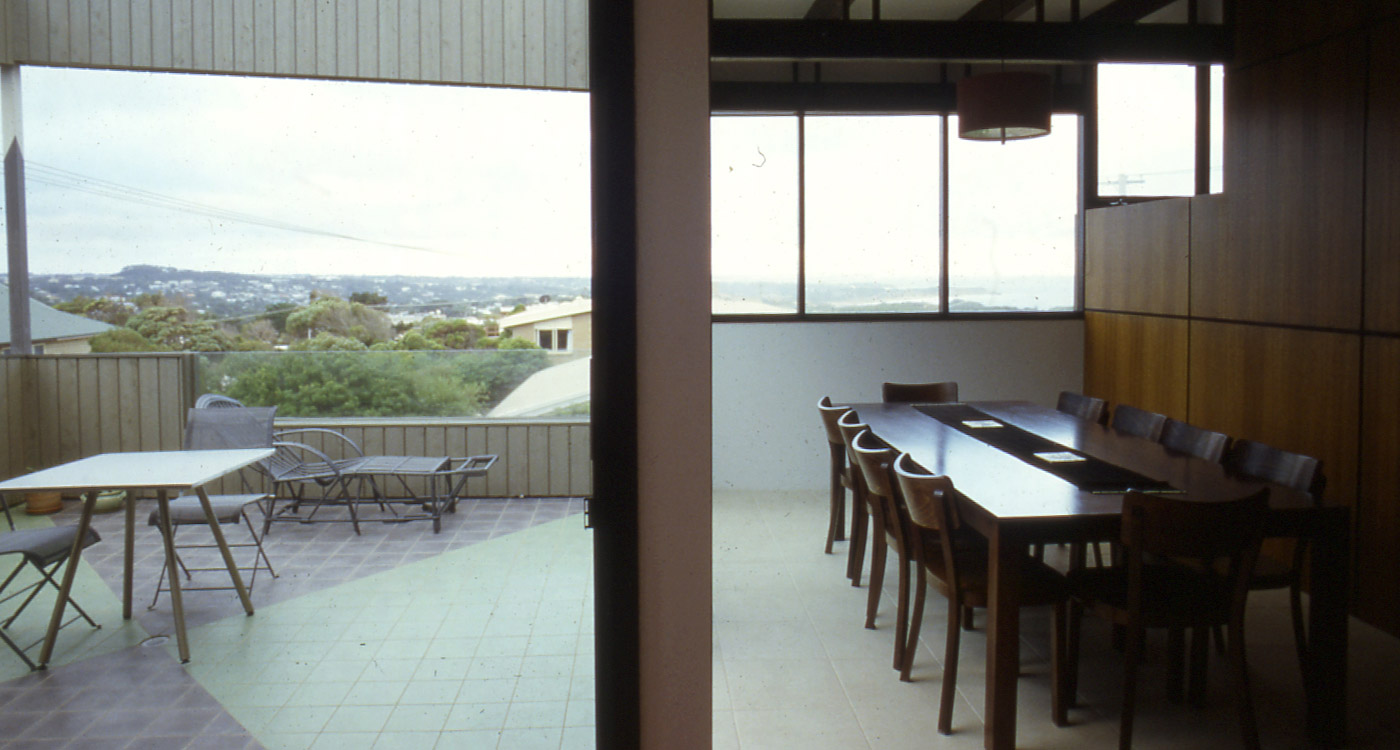


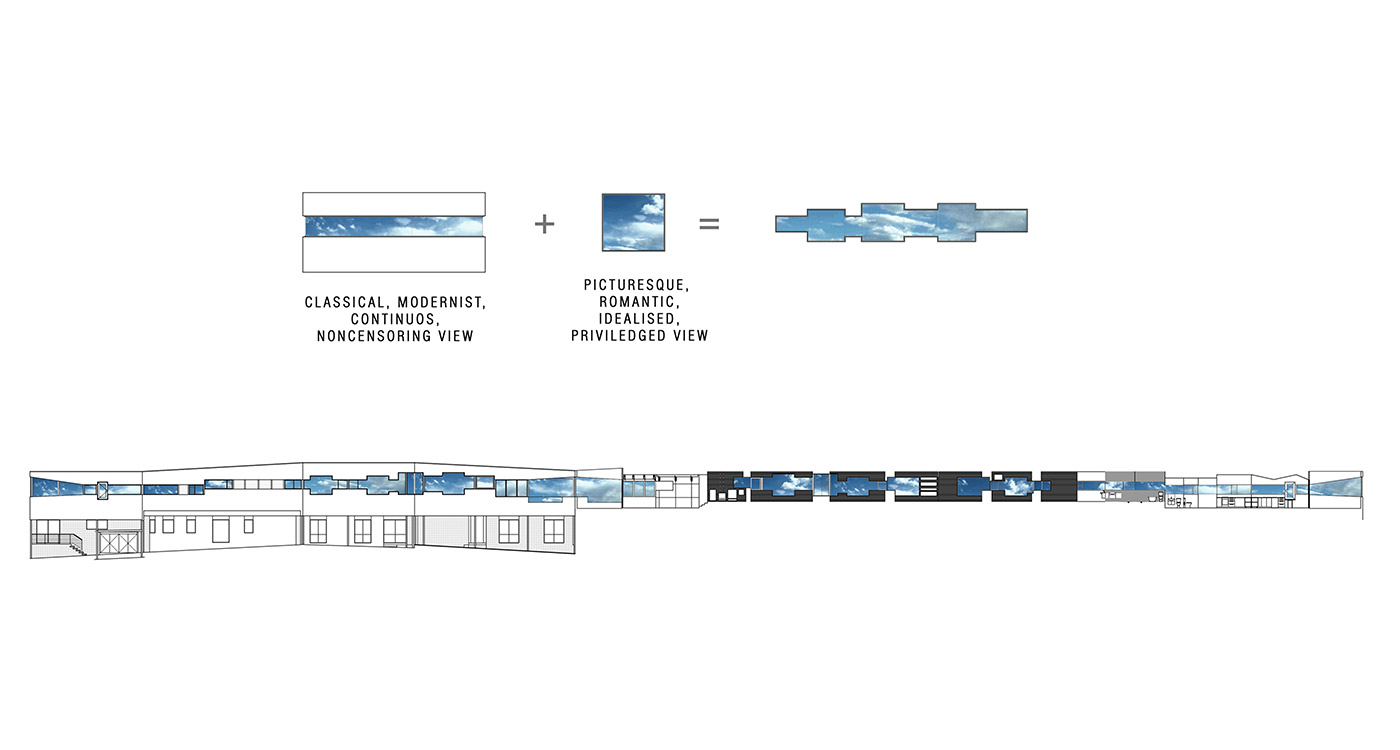














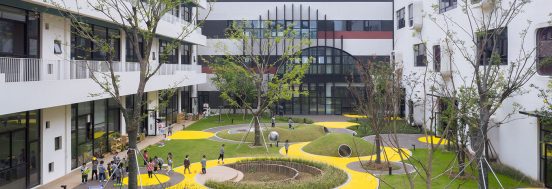











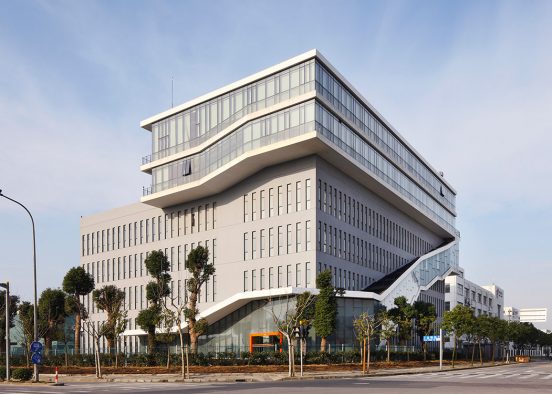


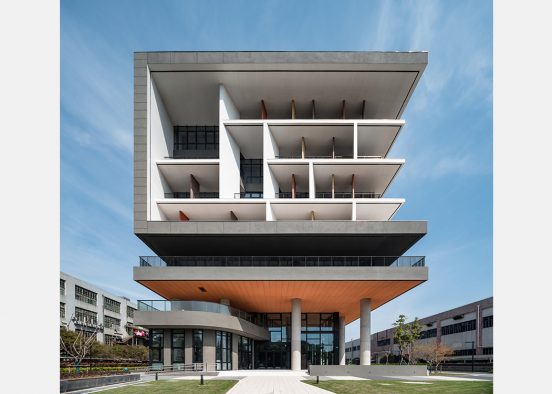


















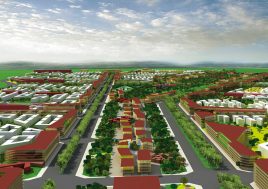





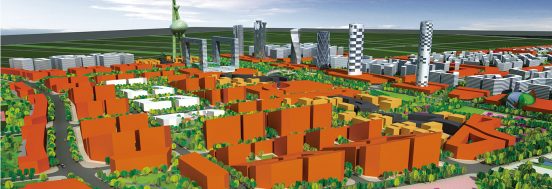







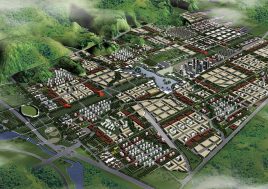










































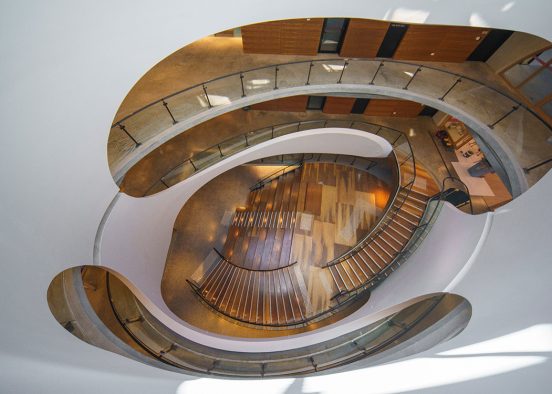








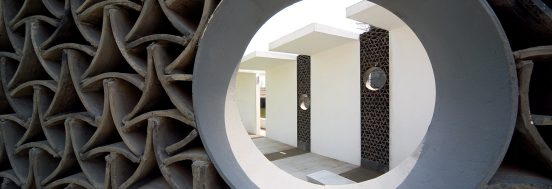

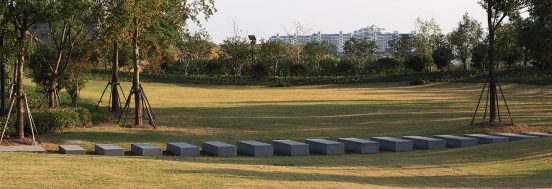
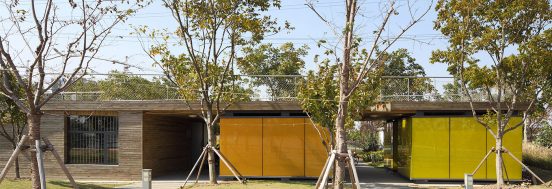


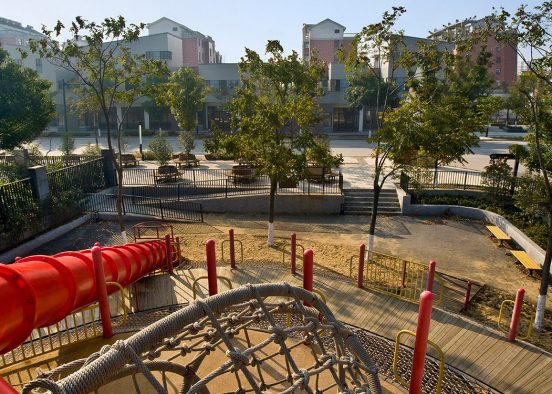













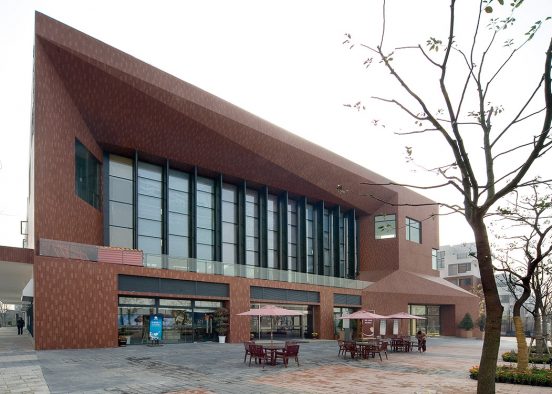
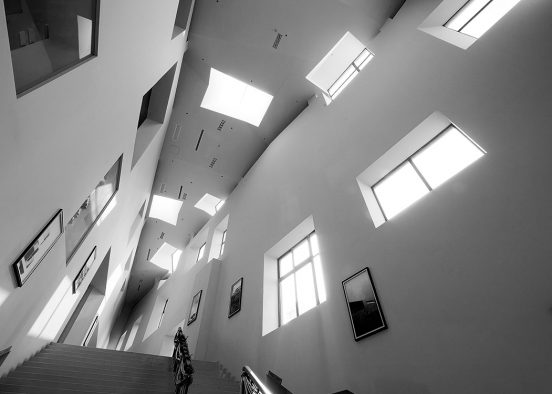
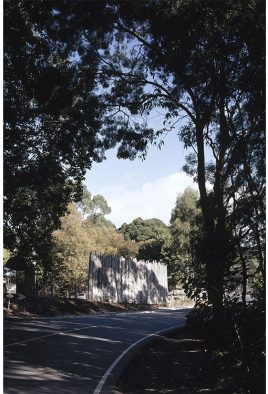
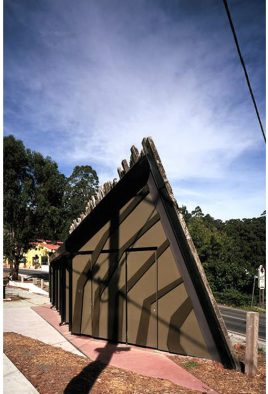













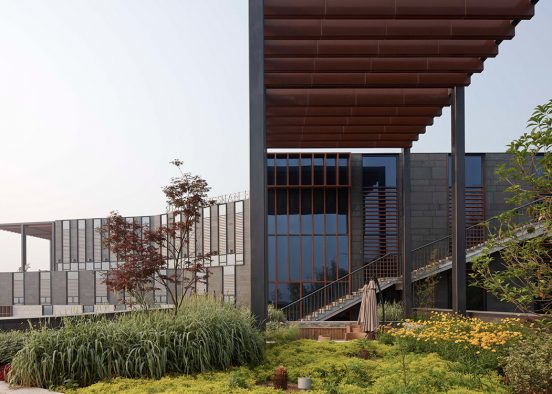








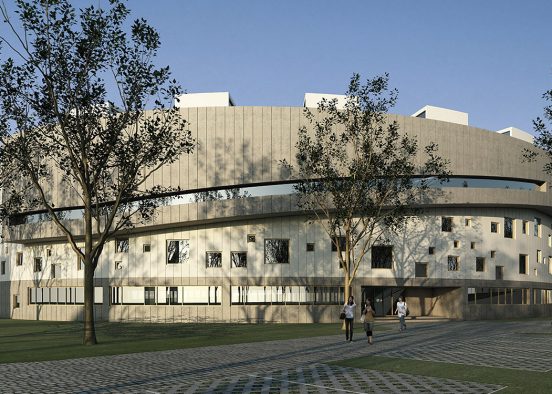







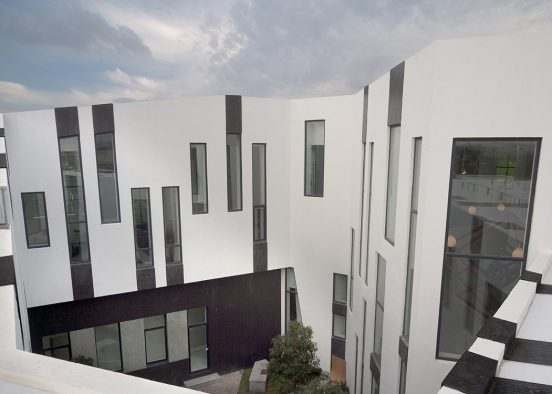








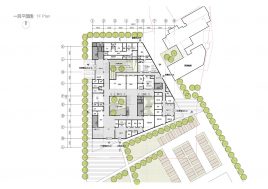


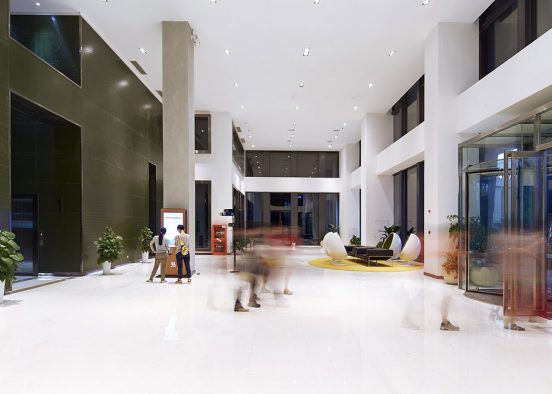

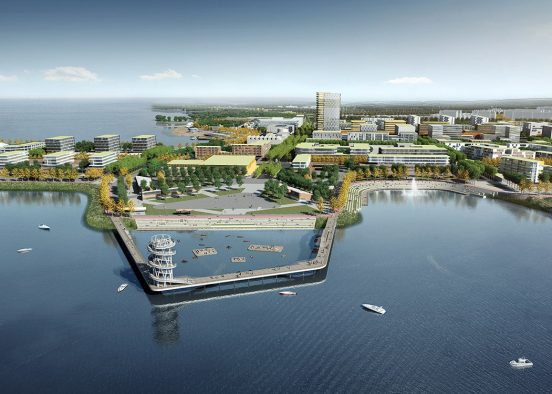





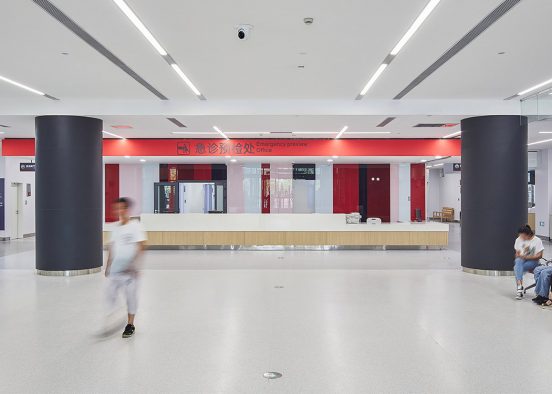




















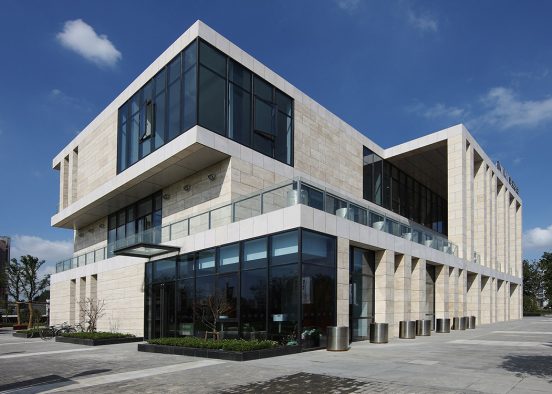










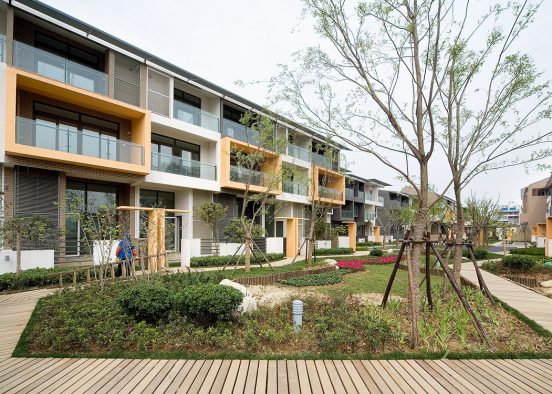
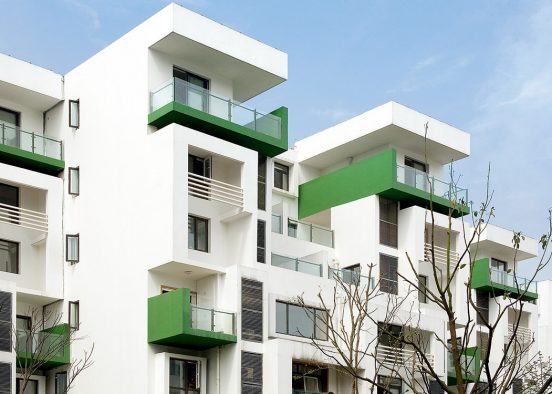









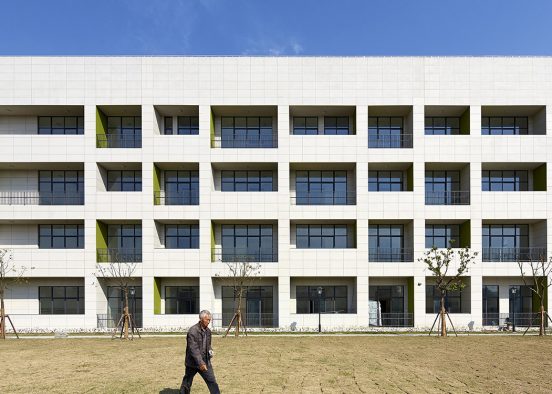
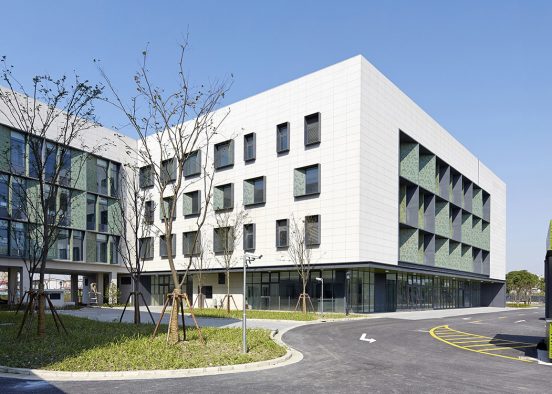


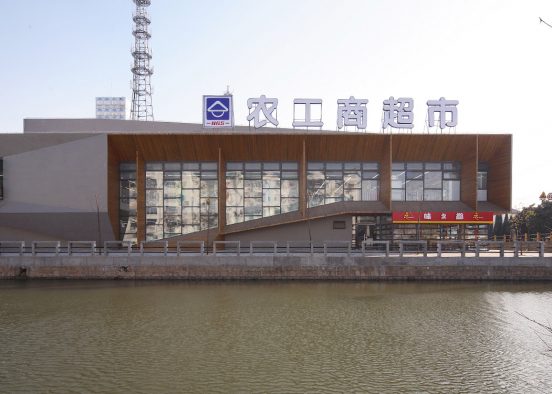
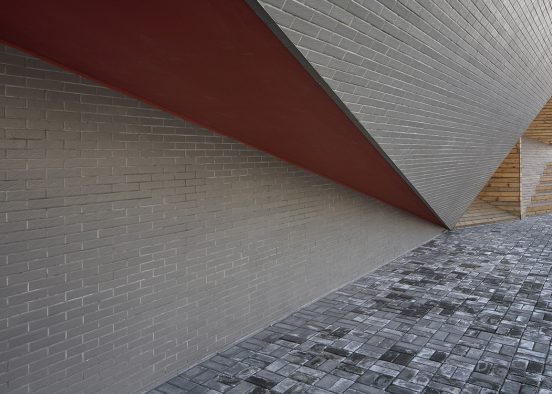

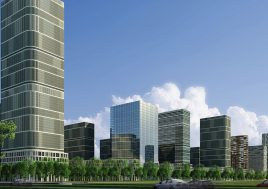



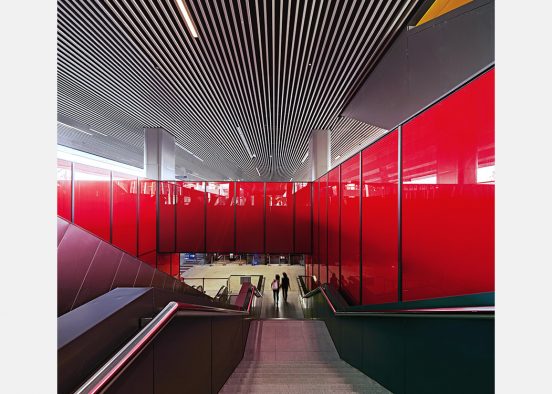


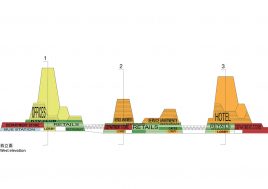







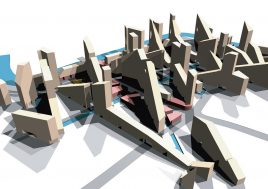



















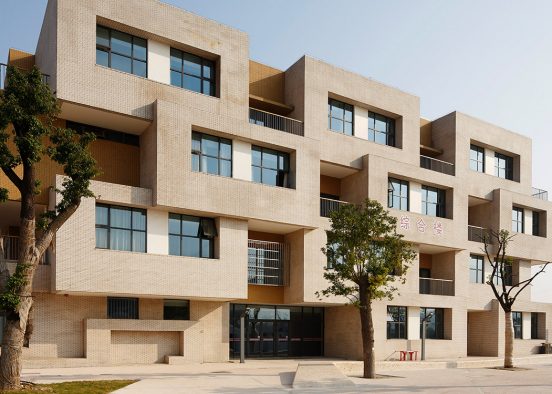



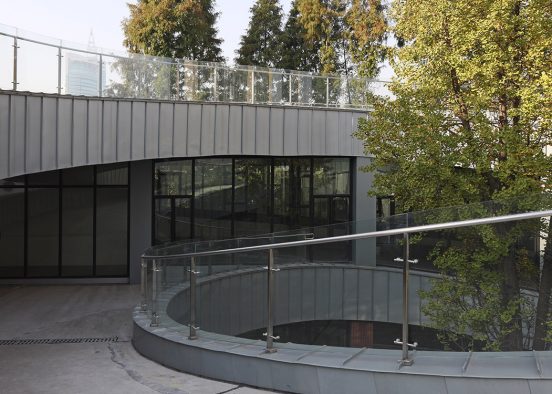
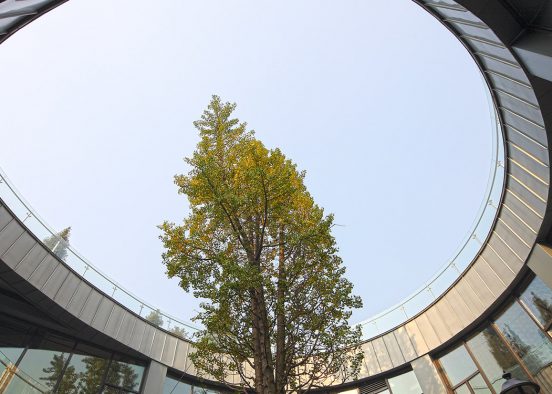



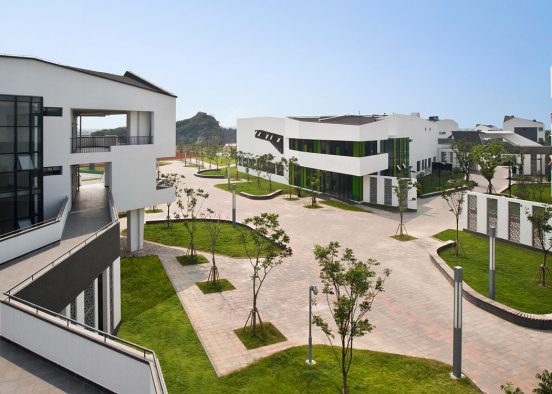




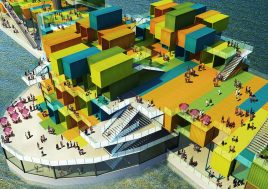












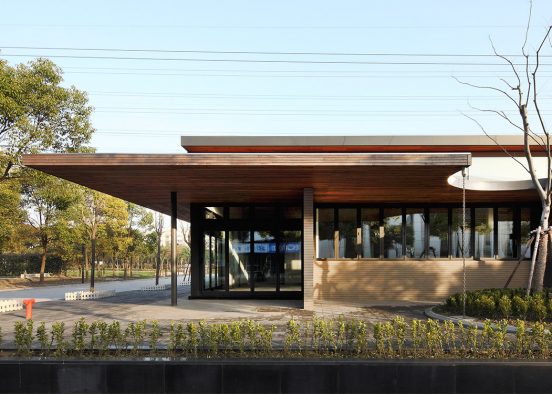








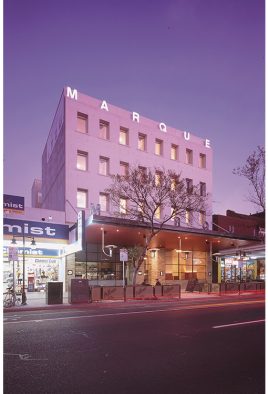














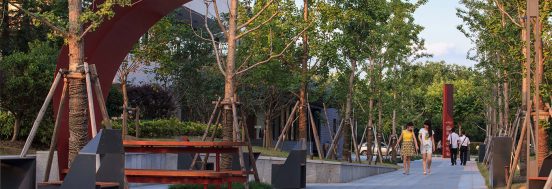

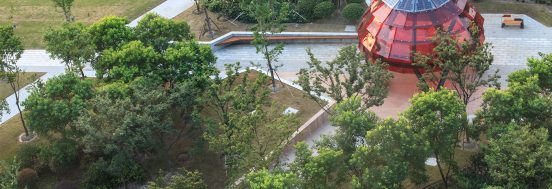

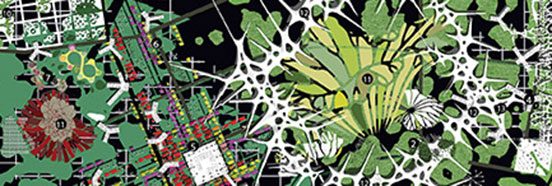













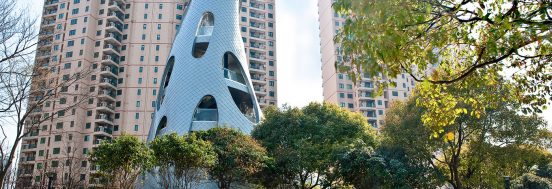
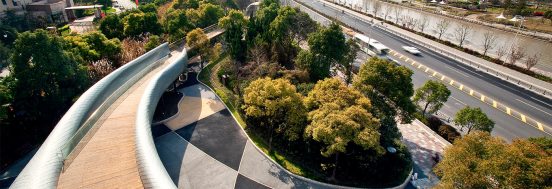




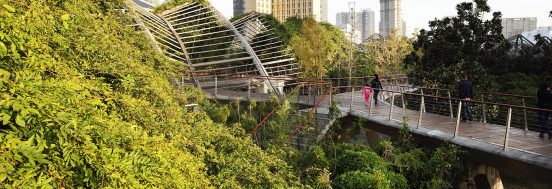
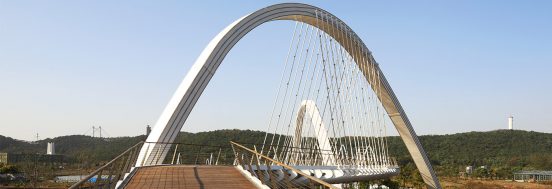
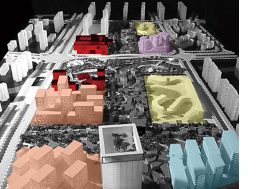

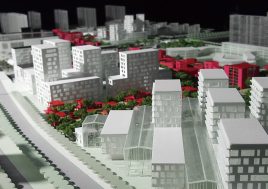






 Back to projects
Back to projects
